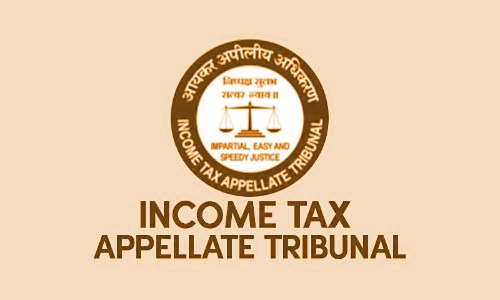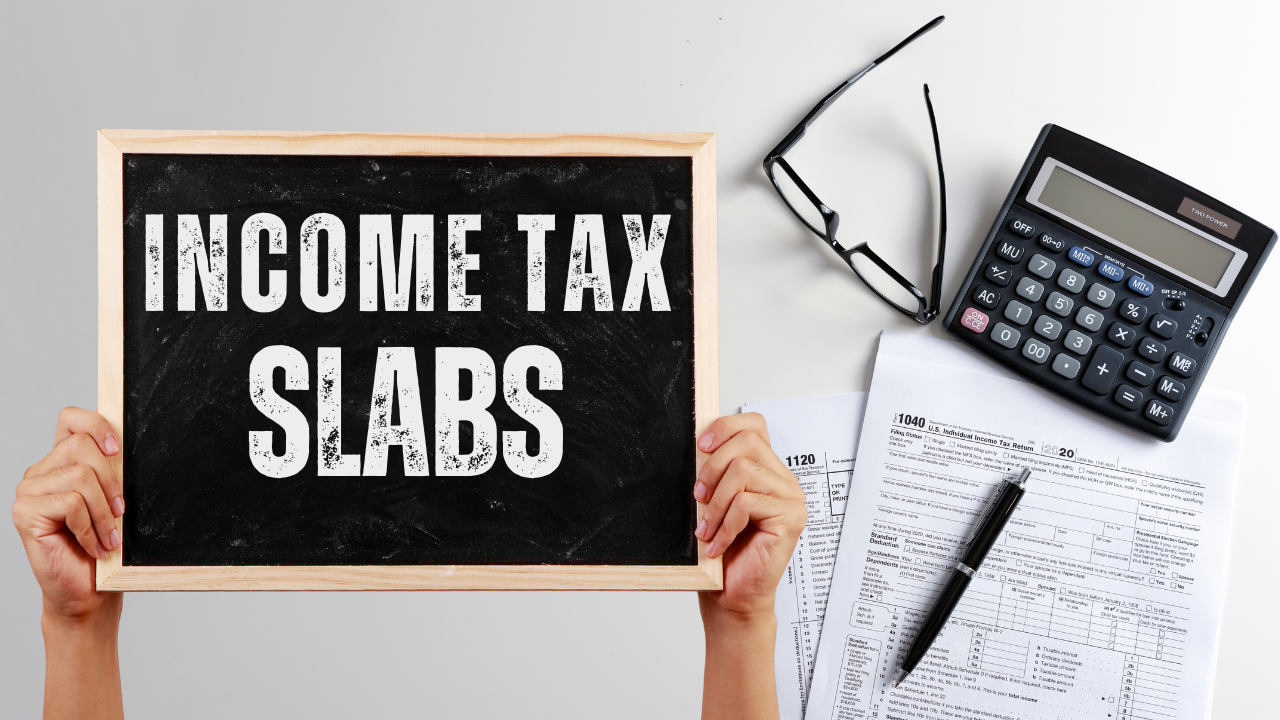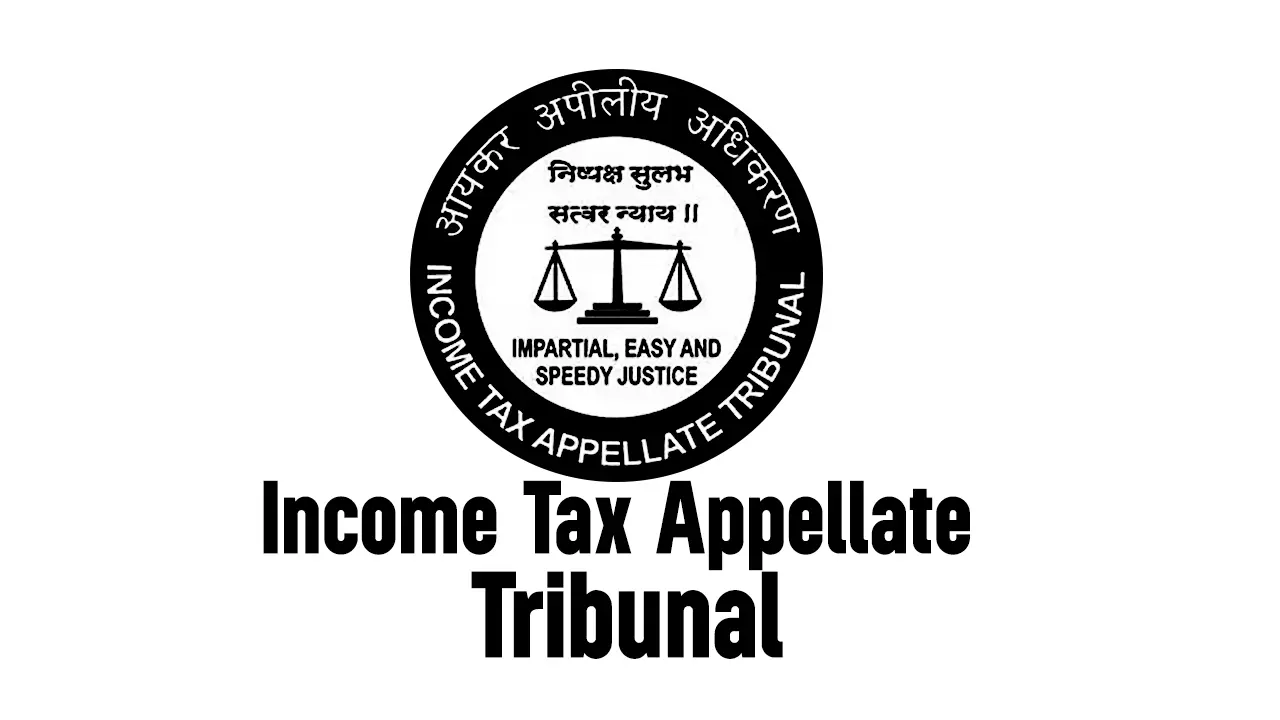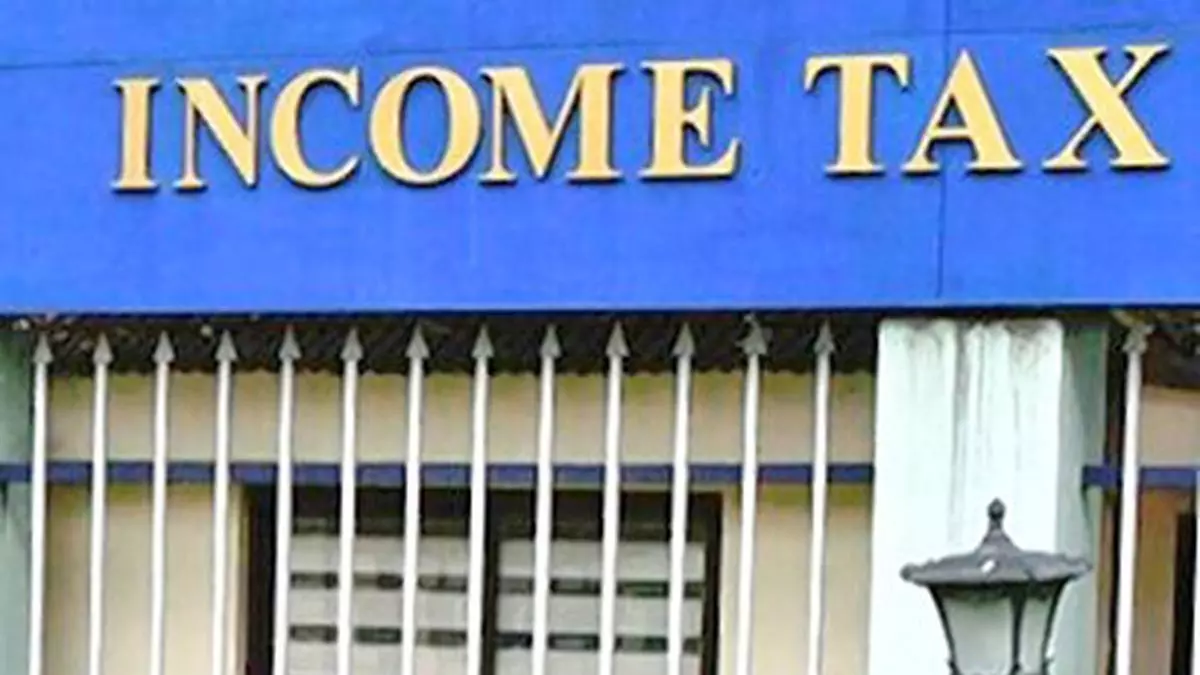What are Cash Credits & its Tax Treatment
Cash credits has been matter of debate because these represent unaccounted money. This has been considered source for black money which if unexplained or not explained to the satisfaction of the AO (Assessing officer).This article will deal into cash credit and its taxation.
Stay updated! Join our Email Newsletter for exclusive Articles, updates, and announcements.
Join our Email NewsletterWhat is cash credit and what does it constitute?
As mentioned earlier cash credits refer to any sum which is credited in books of account , which is unexplained for or not explained to the satisfaction of AO .There are certain constituents for cash credit , which are as follows.
– The books of accounts in which credit appears , shall be maintained by the assessee.Here books of accounts refer to papers , documents , written , printed , which are bound together.
– The sum should have been credited in books of accounts maintained by the taxpayer.
– Where the taxpayer does not offer any explanation with respect to such sum credited to the satisfaction of the AO.
– In case of closely held companies, the following shall be deemed to be cash credit.
a. assesse is closely held company.
b. Sum credited in books of accounts of the assessee can include application money , share capital or share premium etc.
c. Any explanation rendered by the assessee shall not be satisfactory only where any resident in whose name the credit stands for does not offer explanation to the satisfaction of the AO.(this provision will not be applicable in case the such person is Venture Capital Fund or Venture Capital Company)
Some points to be noted
– Books of accounts has to be maintained or belonging to assessee himself.Where the books of accounts pertain to partnership firm , the cash credit can not be assessed in the hands of the partner.This is because the partnership firm is a separate entity.
– In order to establish cash credit , there has to be credit in books of accounts.The main reason for introducing this section was to ensure that no superficial entries would be recorded.Such superficial entries are made in the name of fake persons , which can be turned in white money.Onus to prove that credit is not superficial is on assessee , who needs to produce supporting such credit.
Where the Assessing Officer is not satisfied with respect to cash credit , then he may add the same to the taxable income.
– Credit worthiness of the creditor from whom the cash credit is said to be received by the taxpayer , has to be sustained and supported by the taxpayer himself.However where the accounts of creditors are outstanding for a longer term, AO can’t add the same considering them as cash credit.
Only when such long standing creditors are written off , then only cash credits can be assumed by the AO.
– Even where the company is newly incorporated , the cash credit has to be supported.The company can not contend that it, being a newly incorporated company cant have credit from undisclosed sources.
– The assessee can offer any alternative explanation which cant be rejected and where either explanation is accepted , ten such sum cant be added to taxable income.
– There is no deeming provision which would turn the unexplained cash credits could be automatically considered as taxable income. The Assessing Officer should be offered explanation , which if not satisfied with , the AO may charge it to income tax.
– Bank pass book can not be considered books maintained by the assessee.Hence any cash credit which appears in pass book but not credited in cash book of the assessee, can not be brought to tax as cash credit.
– Even where the books of accounts are rejected by the AO , he can still charge the unexplained cash credit in such books of accounts to tax.In such a case , law does not specifically restricts the AO to tax both, cash credit and estimated income (because book profit rejected).
– Where the cash credit is in the name of partner or any other individual like addition to partners capital account etc., the assessee firm is discharged from the responsibility.It is not the burden of the firm to prove that such cash credit has been properly taxed or not.
If the AO is satisfied with firm’s explanation , then he may , as per his discretion , proceed to bring such cash credit under tax net for such partner or individual.
CONCLUSION
Cash credits is ambiguous matter wherein onus of proving that the cash credit is genuine, is solely on the assessee.Where the books of accounts contain unexplained cash credit, it shall be supported by the assessee, otherwise AO could charge the same to tax. Please refer to recent case laws as well to get the idea of cash credit taxation .
 Related Tags Income Tax, Incometax, Indirect Taxes
Related Tags Income Tax, Incometax, Indirect Taxes
Stay updated! Join our Email Newsletter for exclusive Articles, updates, and announcements.
Join our Email Newsletter








